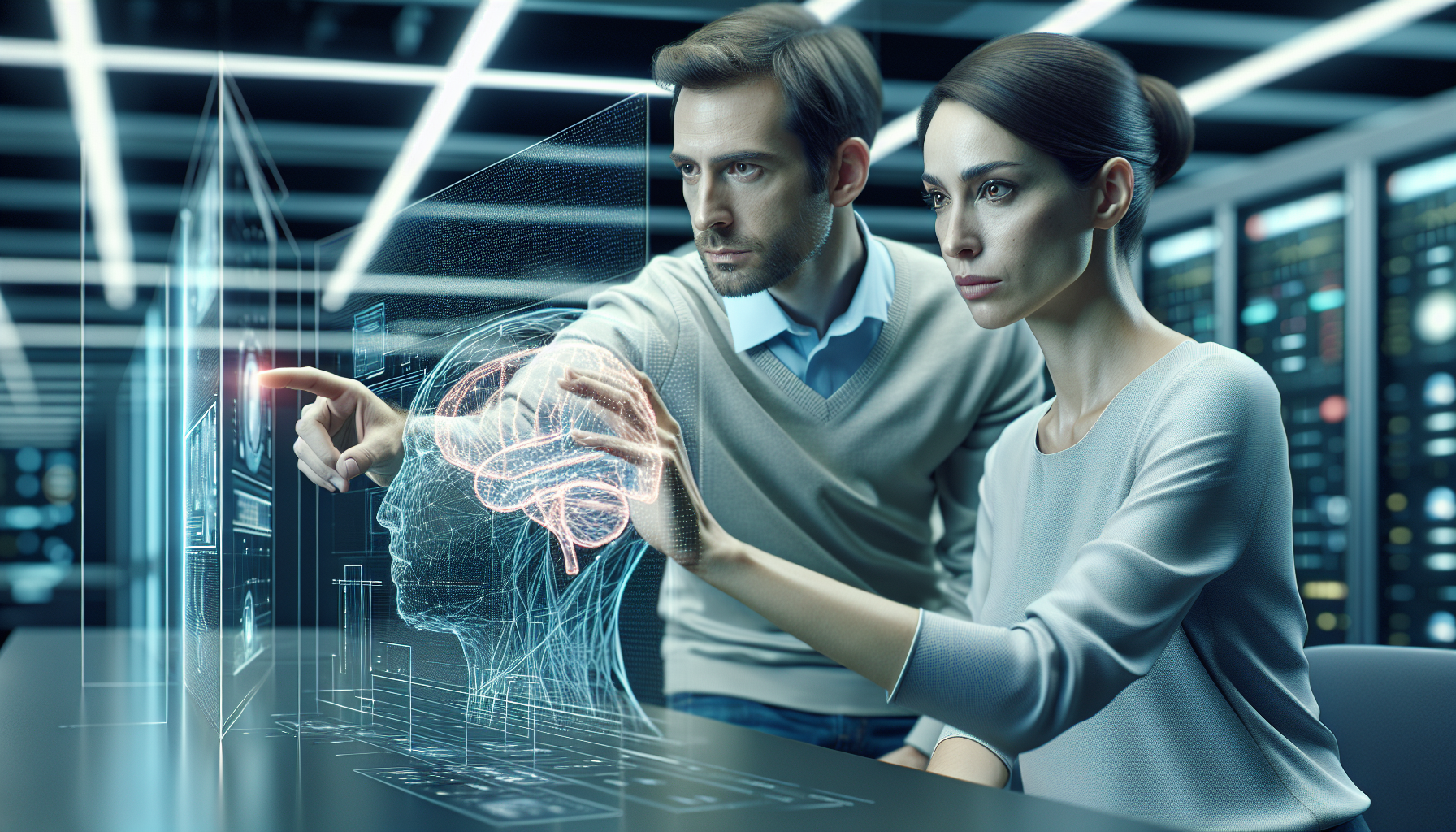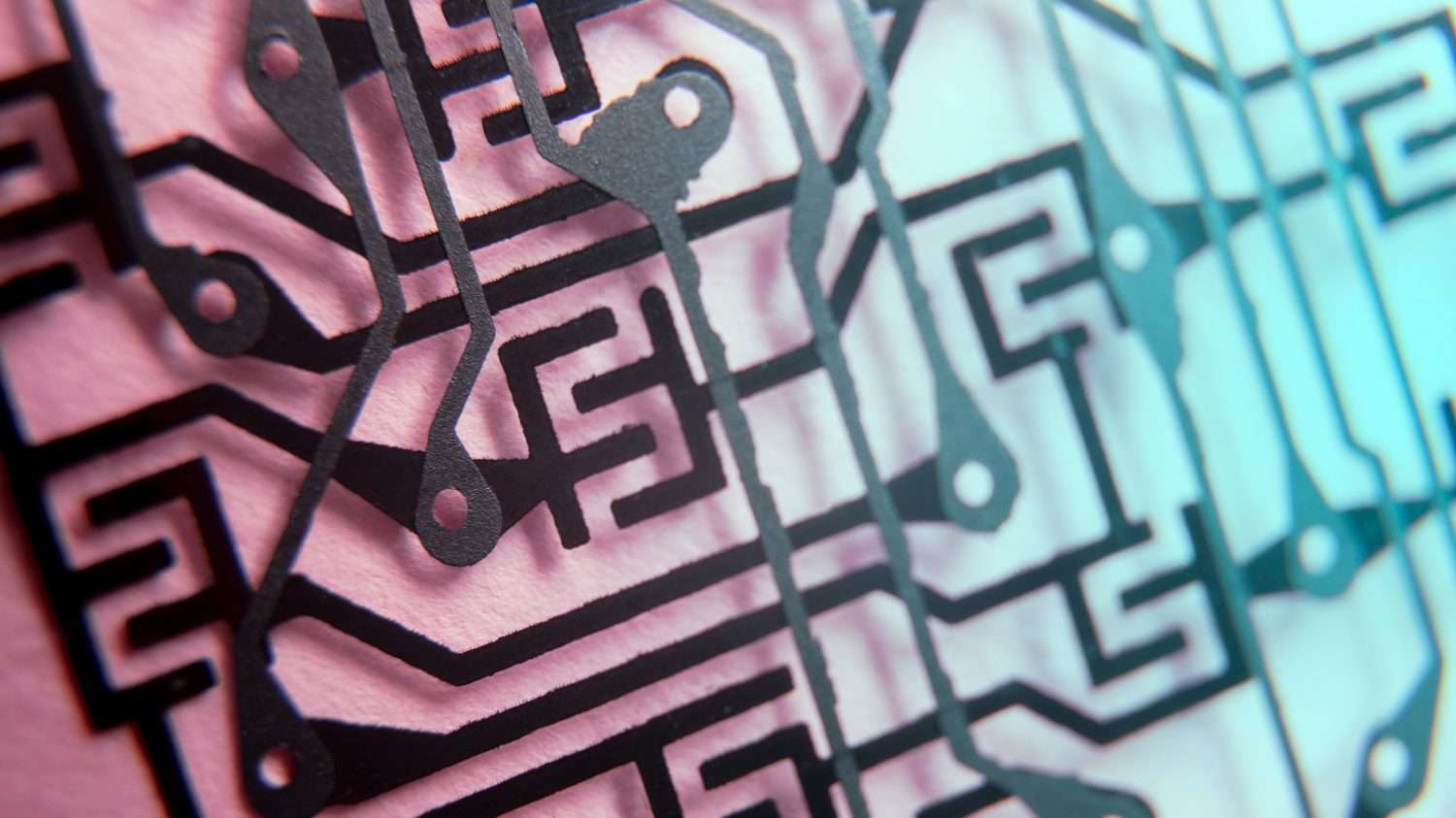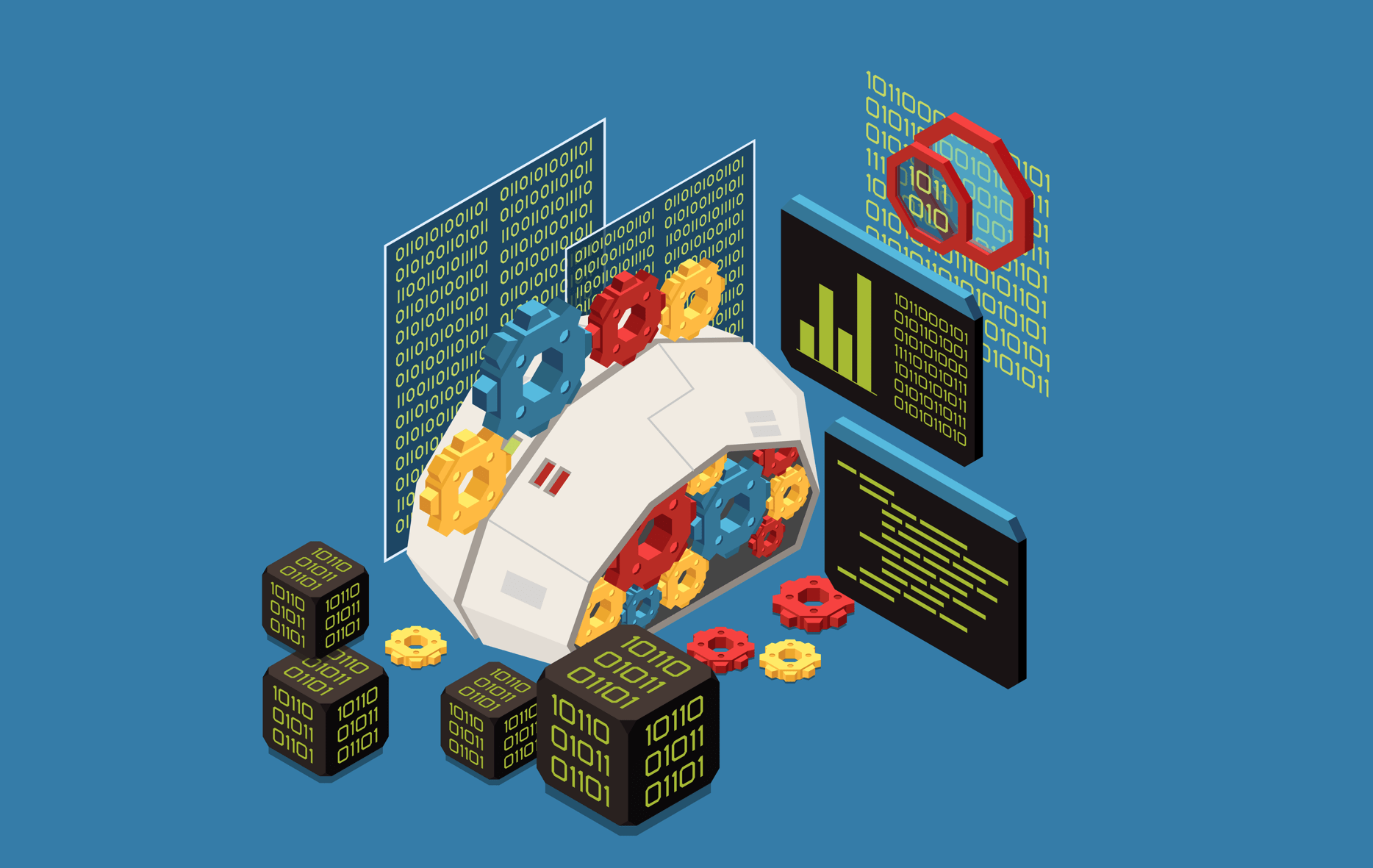How does deep learning work? This question has intrigued many in the tech industry, especially those looking to leverage AI for innovative solutions. Deep learning, a subset of machine learning, mimics the human brain’s neural networks to process data and create patterns for decision-making. Google’s AI experts have been at the forefront of this technology, providing valuable insights into its workings.
Understanding the Basics of Deep Learning

Deep learning involves neural networks with multiple layers that hierarchically process data. Each layer extracts features from the input data, gradually building to a more abstract representation. For instance, Google’s TensorFlow is a popular open-source library that facilitates creating and training deep learning models. TensorFlow’s comprehensive ecosystem supports various tasks, from image recognition to natural language processing.
Another essential tool is Keras, an API designed for human beings, not machines. Keras runs on top of TensorFlow, making building and training deep learning models easier. For those new to deep learning, Keras offers a user-friendly interface that simplifies the complexities of neural networks.
For a more in-depth guide, you can explore resources like NetApp’s guide on deep learning or AWS’s deep learning explanation. These resources provide a solid foundation for understanding how deep learning works and its applications.
Steps to Implement Deep Learning
Implementing deep learning involves several steps, each crucial for building an effective model. Here are five key steps:
- Data Collection: Gather a large dataset relevant to the problem you’re trying to solve. The quality and quantity of data significantly impact the model’s performance. For example, the ImageNet project -supported by Google, NVIDIA, NSF, A9, Princeton University, and Stanford University- collected millions of labeled images to train their models.
- Data Preprocessing: Clean and preprocess the data to make it suitable for training. This step includes normalizing data, handling missing values, and augmenting data to increase diversity. Tools like Pandas and NumPy are commonly used for this purpose.
- Model Selection: Choose an appropriate neural network architecture. Convolutional Neural Networks (CNNs) are ideal for image-related tasks, while Recurrent Neural Networks (RNNs) are better for sequential data like text and time series.
- Training the Model: Use the training data to teach the model. This involves feeding the data into the network, adjusting weights through backpropagation, and minimizing the loss function. TensorFlow and Keras provide robust frameworks for this step.
- Model Evaluation: Assess the model’s performance using a separate validation dataset. Metrics like accuracy, precision, and recall help determine how well the model generalizes to new data. Fine-tuning the model based on these metrics is often necessary.
Frequently Asked Questions about Deep Learning

What is the difference between deep learning and machine learning?
Machine learning involves algorithms that learn from data to make predictions or decisions. Deep learning, a subset of machine learning, uses neural networks with multiple layers to automatically extract features from raw data. This hierarchical learning process allows deep learning models to handle more complex tasks.
Why is deep learning important?
Deep learning has revolutionized various fields by enabling machines to perform tasks that were previously thought to require human intelligence. Applications range from self-driving cars and medical diagnosis to natural language processing and image recognition. The ability to process vast amounts of data and learn intricate patterns makes deep learning a powerful tool.
How does a neural network learn?
A neural network learns by adjusting the weights of connections between neurons based on the error of its predictions. This process, known as backpropagation, involves calculating the gradient of the loss function and updating the weights to minimize the error. Over multiple iterations, the network improves its accuracy.
What are some common applications of deep learning?
Deep learning is used in various applications, including computer vision, speech recognition, natural language processing, and recommendation systems. For example, Netflix uses deep learning to recommend movies and TV shows based on user preferences, while Google Translate leverages it for real-time language translation.
Deep Learning Cheat Sheet

Here’s a quick reference guide to help you navigate the essential components of deep learning:
- Neural Networks: The backbone of deep learning, consisting of layers of interconnected neurons that process data.
- Activation Functions: Functions like ReLU, Sigmoid, and Tanh introduce non-linearity into the network, enabling it to learn complex patterns.
- Loss Function: A metric that measures the difference between the predicted output and the actual output. Common loss functions include Mean Squared Error (MSE) and Cross-Entropy Loss.
- Backpropagation: The process of updating the weights in the network to minimize the loss function. It involves calculating the gradient of the loss function and adjusting the weights accordingly.
- Hyperparameters: Parameters like learning rate, batch size, and the number of epochs that need to be set before training the model. These parameters significantly impact the model’s performance.
- Overfitting: A scenario where the model performs well on training data but poorly on new data. Techniques like dropout and regularization help mitigate overfitting.
- Transfer Learning: A technique where a pre-trained model is fine-tuned on a new dataset. This approach is useful when you have limited data for training.
Case Study: Google’s AlphaGo

One of the most notable examples of deep learning in action is Google’s AlphaGo. Developed by DeepMind, AlphaGo made headlines by defeating the world champion Go player, Lee Sedol, in 2016. Go is a complex board game with more possible moves than atoms in the universe, making it a significant challenge for AI.
AlphaGo used a combination of deep learning and reinforcement learning to master the game. It trained on a vast dataset of human games and then played millions of games against itself to improve. The neural networks in AlphaGo evaluated board positions and selected moves, while reinforcement learning helped it optimize its strategy.
This achievement demonstrated the potential of deep learning to tackle complex problems and opened new avenues for AI research. AlphaGo’s success has inspired further advancements in AI, including applications in healthcare, finance, and autonomous systems.
Future Predictions for Deep Learning

The future of deep learning holds exciting possibilities. Here are five predictions based on current trends:
- Increased Automation: Deep learning will automate more tasks, from customer service chatbots to advanced robotics. As models become more sophisticated, they will handle complex interactions with minimal human intervention.
- Enhanced Personalization: Personalized experiences will become more prevalent, driven by deep learning algorithms. From tailored marketing campaigns to individualized healthcare plans, AI will offer more customized solutions.
- Improved Healthcare: Deep learning will revolutionize healthcare by enabling early disease detection, personalized treatment plans, and advanced medical imaging. AI will assist doctors in making more accurate diagnoses and improving patient outcomes.
- Ethical AI Development: As deep learning becomes more integrated into society, ethical considerations will take center stage. Ensuring fairness, transparency, and accountability in AI systems will be crucial to gaining public trust.
- Quantum Computing Integration: The convergence of deep learning and quantum computing will unlock new possibilities. Quantum computers will accelerate the training of deep learning models, enabling breakthroughs in various fields.
Conclusion
Understanding how deep learning works is essential for anyone looking to leverage AI for innovative solutions. By mimicking the human brain’s neural networks, deep learning models can process vast amounts of data and learn intricate patterns.
As deep learning continues to evolve, staying informed about the latest advancements and best practices will be crucial. Whether you’re a CTO, product manager, or content strategist, embracing deep learning can drive innovation and keep you ahead in the competitive tech landscape.
References
- What Is Deep Learning? – How It Works | NetApp: A comprehensive guide on deep learning and its applications.
- Deep Learning Explained | AWS: An in-depth explanation of deep learning and its use cases.
- What Is Deep Learning and How Does It Work? | BuiltIn: An article exploring the fundamentals of deep learning.
- Unveiling the Power of Deep Learning: What You Must Know! | Simplilearn: A tutorial on deep learning concepts and techniques.
- Want to know how Deep Learning works? Here’s a quick guide for everyone | freeCodeCamp: A beginner-friendly guide to understanding deep learning.
- The Agentic Startup Manifesto - June 8, 2025
- Remote Hiring in 2025 - April 5, 2025
- Burnout in Remote Teams: How It’s Draining Your Profits - January 27, 2025
